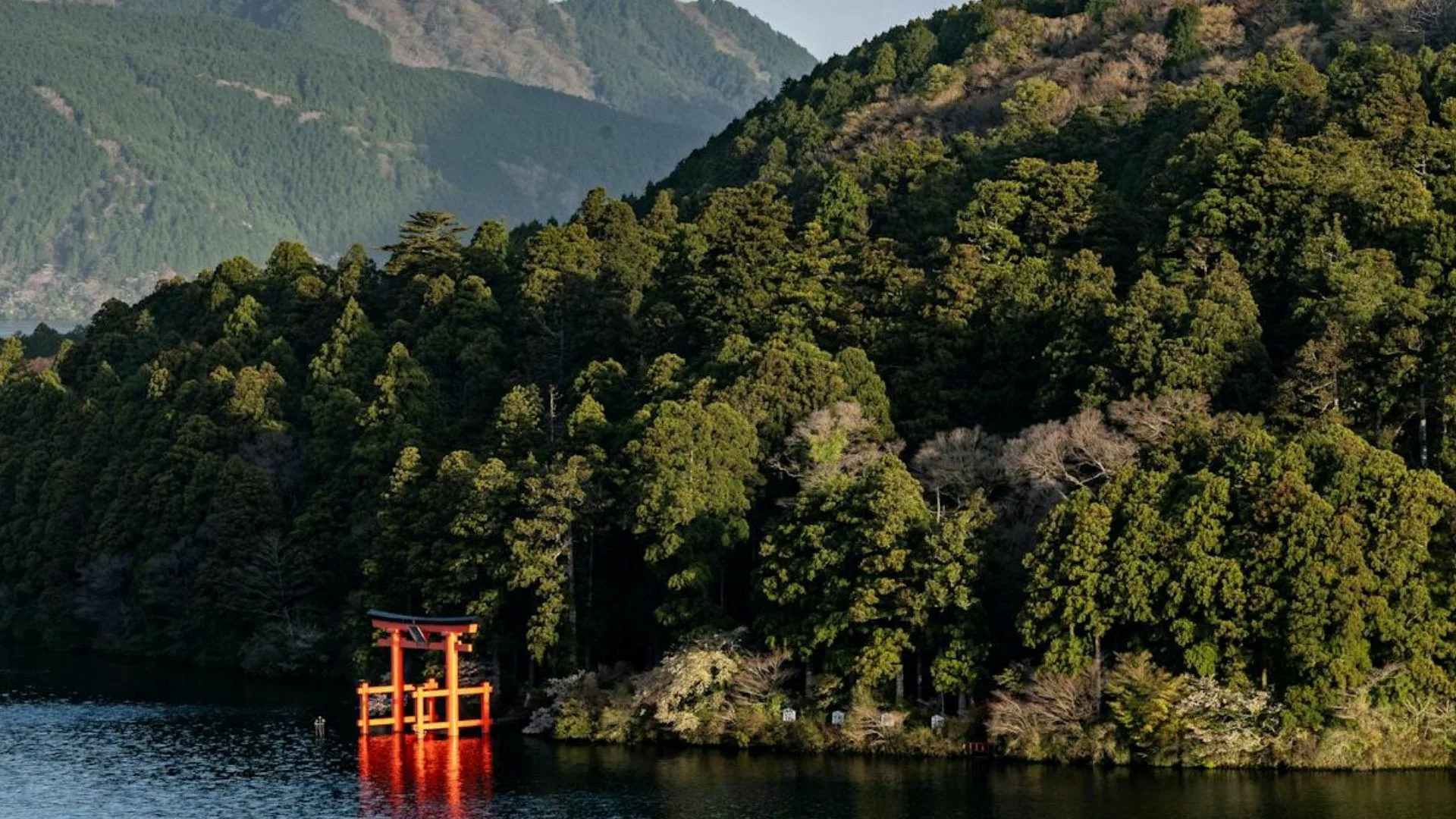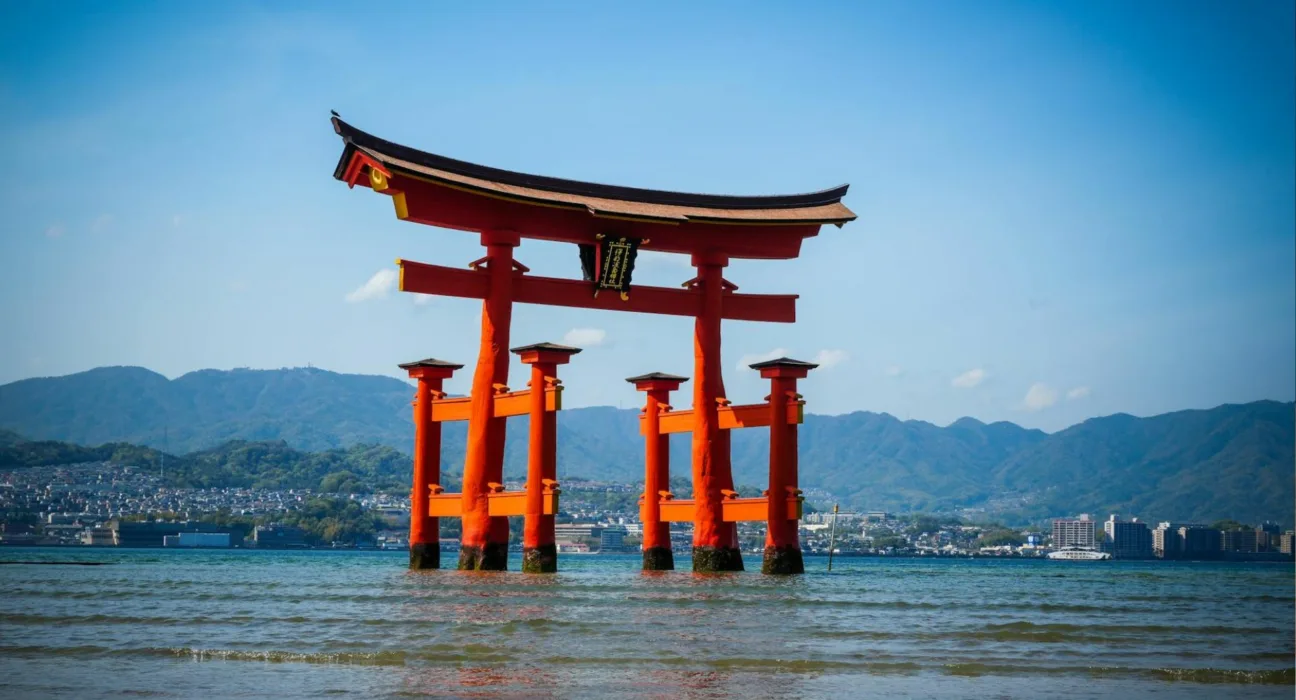Shinto is the indigenous spiritual tradition of Japan, often described as “the way of kami,” emphasizing harmony and daily reverence. The word “Shinto” itself means the path or way of kami, sacred powers, spirits, or deities that inhabit nature, objects, and even ideas. Unlike many religions, Shinto has no single founder, no holy scriptures, and no rigid dogma. Instead, it is a living tradition woven into the daily life, social customs, and values of the Japanese people. Shinto practices are typically divided into three main types:
- Shrine Shinto is the oldest and most widespread, centered around public shrines where people honor kami with rituals, prayers, and seasonal festivals.
- Sect Shinto includes organized groups and teachings that emerged in the 19th century, each with unique beliefs or founders.
- Folk Shinto is less formal, based on local traditions, family rituals, and the veneration of kami at home or by the roadside.
Most Japanese experience all three forms, blending public rituals, community celebrations, and private devotions in everyday life.
More: Religious or spiritual? What is the difference?
Kami: The heart of Shinto
At the core of Shinto is the belief in kami—mysterious and creative forces that animate the world. Kami can be found in nature (such as mountains, rivers, and trees), powerful ancestors, and even qualities like growth or creativity. Unlike the Western concept of gods, kami are not always personified. Instead, they represent the awe-inspiring presence found throughout the world and the harmony that comes from living in tune with these forces.
Shinto teaches that humans and kami are closely connected. By showing sincerity (magokoro), performing rituals, and purifying both body and mind, people can experience the blessings and guidance of the kami. Sincerity, purity, and gratitude are central Shinto values. It places a strong emphasis on harmony, respect, and the natural world. Life is seen as sacred, and rituals are designed to honor the cycles of nature, mark important transitions, and foster community spirit.
A key element of Shinto ethics is magokoro—the “true heart” or “pure mind.” Rather than following strict commandments, Shinto encourages individuals to live with uprightness, sincerity, and an open heart. Physical and spiritual purification (such as washing hands and mouth before entering a shrine) is important to approach the kami with clarity.
More: What is Buddhism? A beginner’s guide to its core beliefs


Shinto in daily life
Shinto is not just a set of beliefs, but a living tradition that shapes daily life and culture across Japan. Rather than requiring formal weekly services, Shinto encourages a flexible, personal connection to the kami—the spiritual energies or deities present in nature and community life. People may visit local shrines whenever they feel the need, often marking the 1st and 15th of each month or participating in seasonal festivals called matsuri, which celebrate nature’s cycles and community milestones.
Rituals and rites of passage are central to Shinto. A baby’s first shrine visit, usually within the first months of life, marks their introduction to the spiritual community. The annual Shichi-go-san festival is when young children give thanks and pray for health and protection. These ceremonies help mark every important stage of life.
Adulthood is celebrated every January, honoring young people as they step into new roles and responsibilities. Shinto also guides weddings. Couples make their vows before the kami in traditional shrine ceremonies.
While funerals are more often Buddhist, some families honor ancestors and kami at home with Shinto altars. This keeps a sense of spiritual presence and gratitude in daily life.
Shinto rituals are not just for big milestones. They are part of everyday activities, too. People may purify a new building site, bless a completed construction, or celebrate the launch of a new ship. These traditions show deep respect for the divine in every part of work and community life.
More: Learn about Paganism and Pagan gods
The nature of humanity and core beliefs
Shinto teaches that all people are “children of the kami,” which means every human life is sacred and infused with divine essence. This belief shapes a worldview where there is no concept of original sin—instead, humanity is seen as fundamentally good, with a divine nature that simply becomes obscured by impurities or “dust” from daily life. Ritual purification, central to Shinto, serves to cleanse these impurities and reveal the pure, sacred heart within each person.
Respect for human dignity is a foundational value. Shinto encourages reverence for oneself and for others, regardless of differences in race, nationality, or background. This perspective goes beyond individuality: each person is part of a long, unbroken lineage that connects ancestors, descendants, and wider community, emphasizing the importance of harmony and social responsibility.
Shinto views history as an endless cycle, not a straight path with a final ending. There is no “last day” or final judgment. Instead, life is seen as a series of ongoing renewals.
The divine edict of Amaterasu, the sun goddess, promises lasting prosperity and continuity. This inspires Shinto followers to see each moment as part of a never-ending process of renewal.
The concept of naka-ima, or “middle present,” teaches people to live fully in the present. It is seen as the true center of all time, encouraging mindfulness and appreciation of every moment.
Traditionally, local deities (ujigami) helped unify communities, and the Imperial system itself was based on ideals of harmony and collective prosperity. In the postwar era, Shinto reaffirmed its commitment to peace and unity, encouraging all people to live harmoniously, contribute to national well-being, and pray for global peace and co-prosperity. This outlook—rooted in reverence, continuity, and harmony—remains at the heart of Shinto practice today.
More: Glendalough: Spiritual retreats for prayer and meditation







